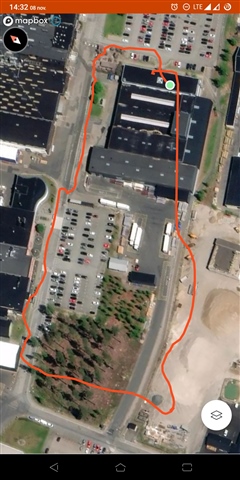I bought my Fenix 6 Pro two months ago, after years of dreaming about having a Fenix. I somehow always waited for a good deal, but then the newer models came out etc., and tbh my Polar M400 and later the 735XT were working great.
The first surprise came relatively early, as I ran on a small race where my watch recorded a distance of about -6% (~500m off on a 9K track). After this, I started reading about the F6's GPS accuracy and was quite shocked from what I read. But since the watch cost a ton of money, I was hoping that I can fix it, as it is just a matter of settings - so I thought.
I changed my settings to 1s recording, GPS+Glonass, both 3D settings on. I started to soak the GPS for several minutes. Everything on the watch is up-to-date and the CPE is current. I made EVERYTHING perfectly.
Then I ran the Berlin Marathon at the end of September, and while running through the Brandenburger Tor, I happily raised my hands and stopped running, since the watch showed 42,2 km, there was a time measuring carpet and I thought I made it. Yeah!
After some seconds I realised that there are some 100 meters left to the real finish line. In the end, the watch recorded 42,66 km. But hey, 2 days ago it was the same mismatch on a 9K run, what an improvement!
Here are some disgusting really nice screenshots.
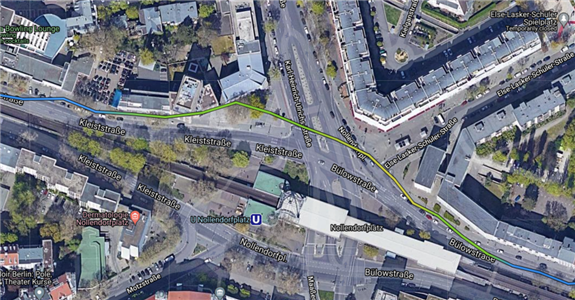


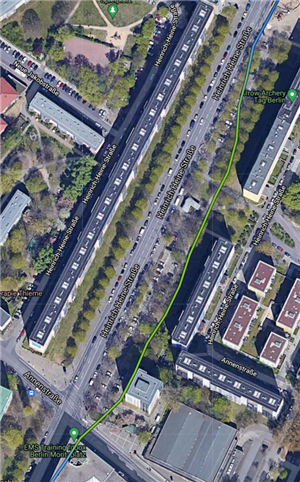


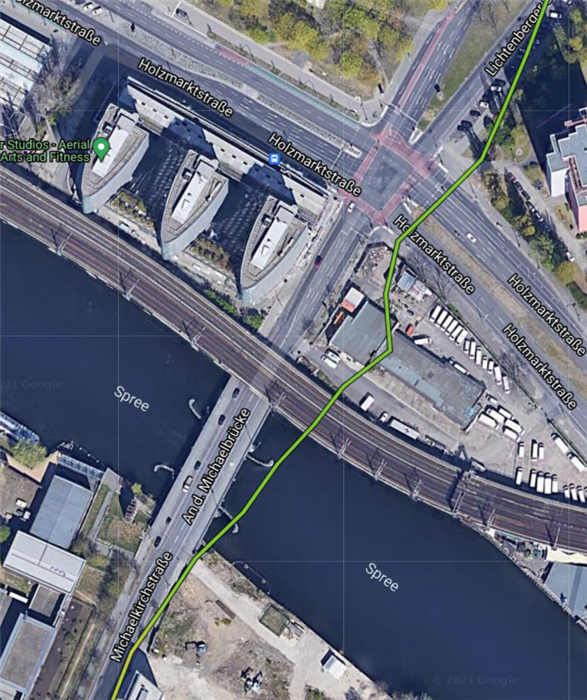
I could upload dozens of these but you probably get the point.
As I first asked Garmin support about it, they told me to master reset the watch, which I did. But it didn't get better. Here are some examples again:
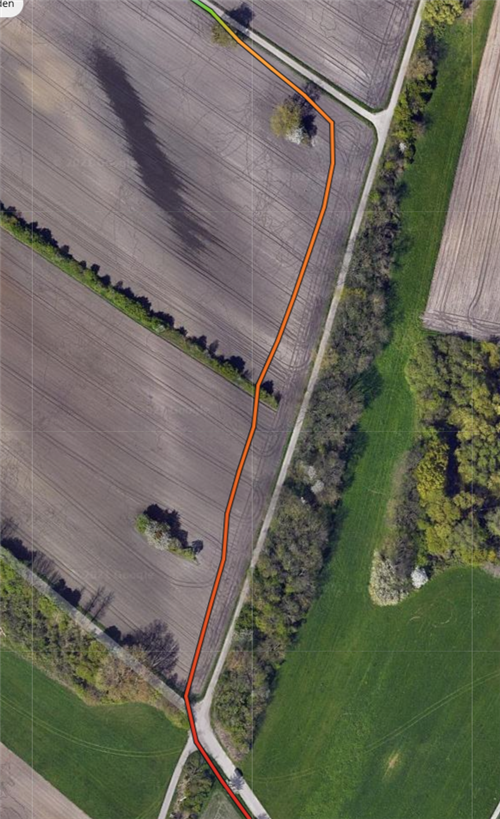

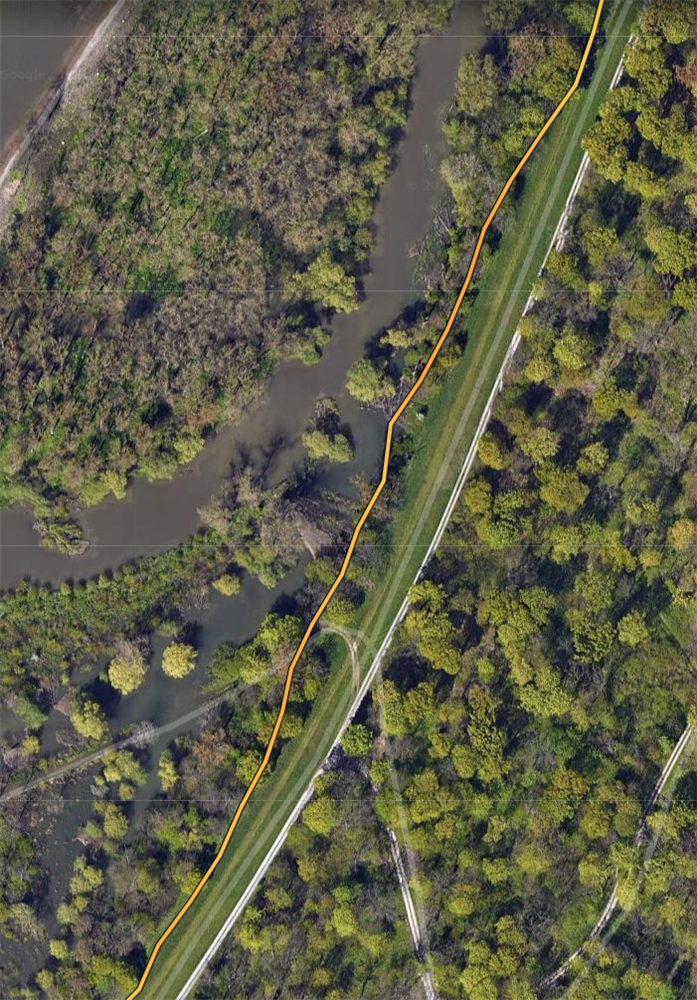

These are not even in a city anymore. It's just so sad.
I'm extremely disappointed, especially given that my Polar M400 and also my Forerunner 735XT did not have these problems. Here is a 735XT (on the left) vs. F6Pro (on the right) comparison:
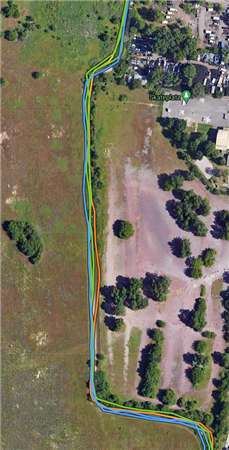
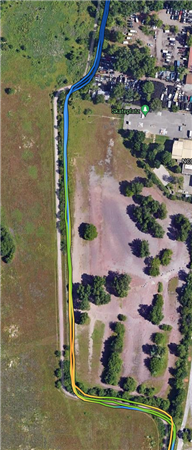
I've run hundreds of these rounds in my life and not a single one was recorded wrong by my old watches. And not a single one was recorded correctly by the new one.
The worst thing is, I can't trust the watch anymore. I don't know if I ran 30 km or 34 km after a 32 km run. I can't trust the pace, I can't tell what speed I can run and what I can expect at a race. Running with a constant pace of approx. 5 min, I get this pace chart:
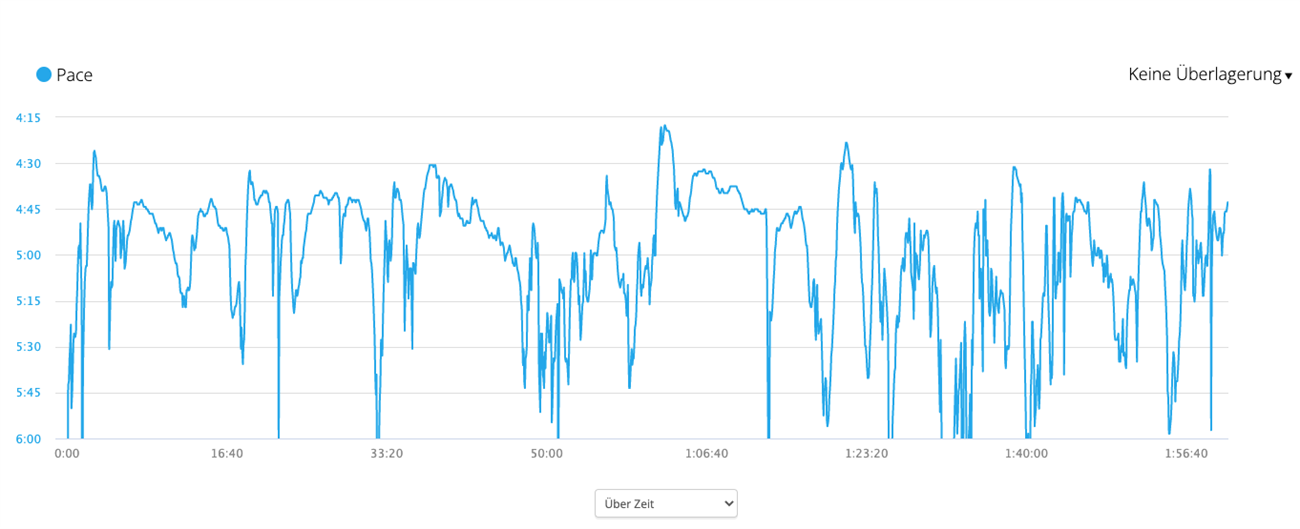
I obviously don't slow down to 6:00 pace while running, why would I do that? That's garbage.
Garmin support will not help, they tell me this is ok from a flagship model in 2021.
Also, after reading a lot in this forum, my impression is that some people are in the state of some sort of cognitive dissonance and don't acknowledge the issue. Is this really normal? We just pretend that it's not that bad and argue that GPS isn't important, suggest people that they use a Stryd instead of their several hundreds of $s expensive watch, and anyways, it has so much cool features that it's still worth it?
I would return the watch if I could, but it's older than two weeks. I also can't sell it on ebay, because I can't lie to somebody who would buy it that it's a good watch and he/she should pay a lot of money for it.
I think most thing I can do is to tell people the truth on forums and discourage people from buying it. I wish somebody would have done the same to me.



